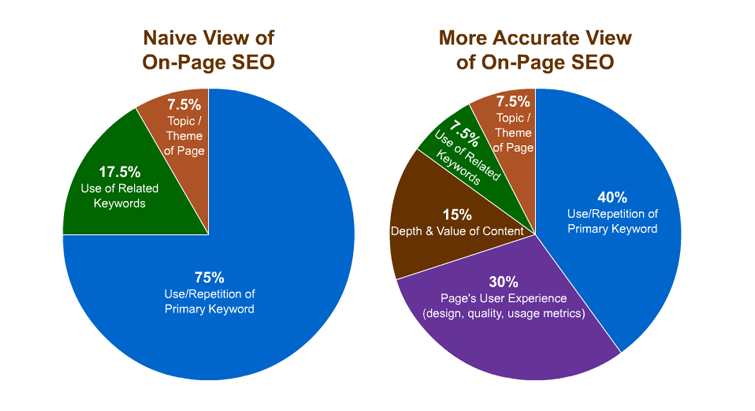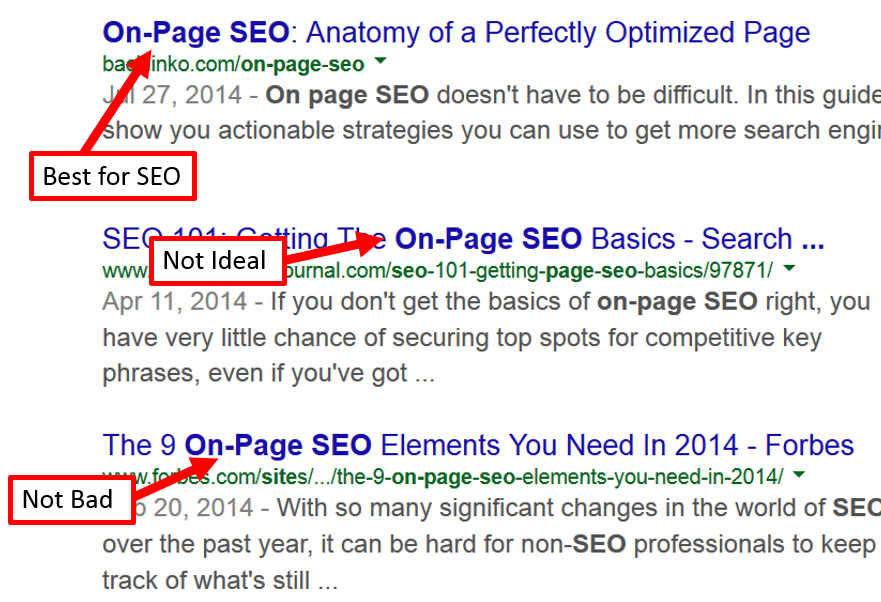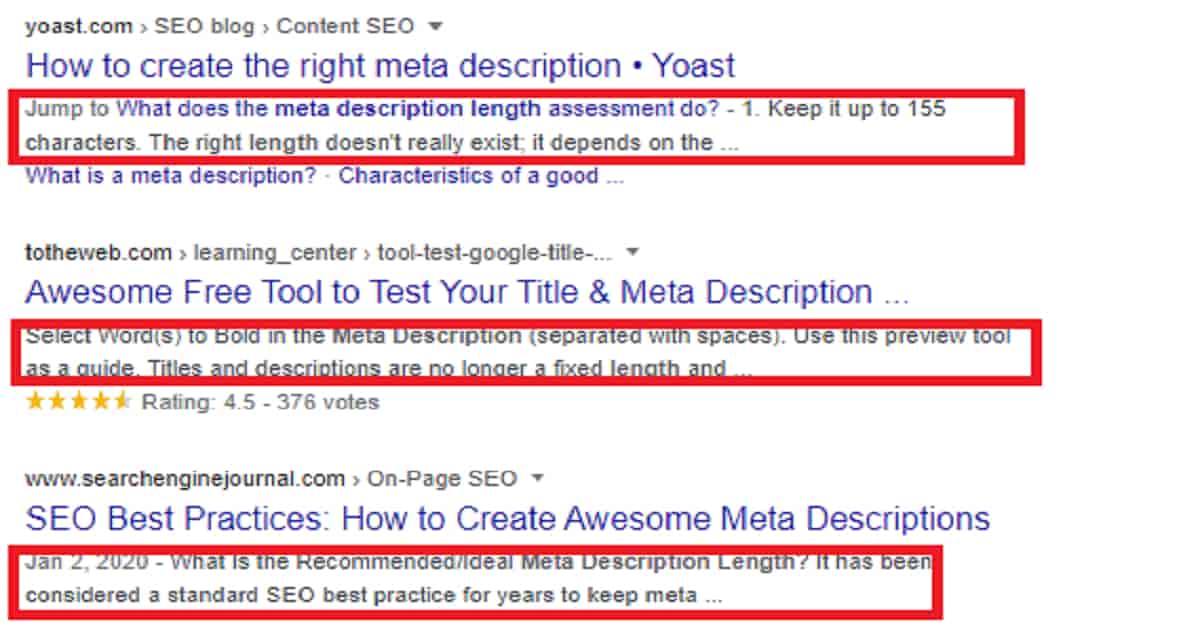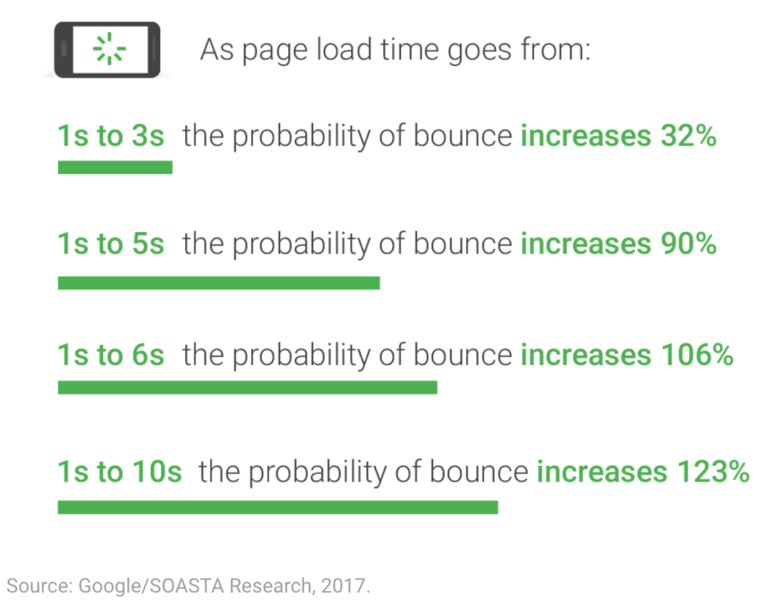93% of all online experiences begin with a search engine. It means that your website should have a strong presence and excellent visibility on the Google result page. SEO is one of the most efficient ways to promote your business, attract visitors to your site and create a strong online presence in a competitive market environment. The primary purpose of SEO is to drive traffic and improve a website’s rankings in the Search Engine Result Page (SERP).
An effective SEO strategy consists of both on-site and off-site strategies.
On-page SEO is the practice of optimizing web page content to rank higher in search engines. It includes optimizing website elements such as page speed, meta data, internal links and other elements on your website that you can control. On-page SEO components include content elements, site architecture elements, and HTML elements.
As per the research by Internet Live Stats, 3.5 billion Google searches are made every day. Also, the search volume has shown a steady growth by 10% every single year. More and more people are using search engines to look for new products and services. Therefore, improving the website ranking on the SERPs is essential to survive and prosper in today’s digital era.
In order to rank your website at the top of a search engine result page and improve its visibility, your website content has to be optimized. And On-page SEO is the fastest way to do that. With proper On-page SEO strategy, you can optimize your site content as per search engines guidelines thereby boosting website traffic.
Page Contents:
Important Ranking Factors in On-Page SEO
Implementing On-page SEO strategy according to Google algorithm updates makes it easy for search engines to understand the website’s authenticity, optimize the content thereby increasing the chances of getting higher rank in the SERPs. Some of the important on-page SEO factors that can significantly improve the website rankings are:
1. High-Quality Content
Website content is crucial to the success of an SEO campaign. Content has the power to acquire and retain visitors, generate leads and is the most important component of an on-page SEO strategy. A well-researched, valuable, unique content has the capability to drive traffic to your site and also improve the website rankings on Search Engine Result Page (SERPs).
Websites with quality content have greater chances of ranking at the topmost results in Google search. Make sure to avoid plagiarism as copied content can affect search engine rankings and has a risk of penalty. As content is considered as the king of an SEO practice, focus should be to create relevant, unique and engaging content that delivers value to the readers.
2. Page Title
Page Title, also called as Title Tag describes the webpage title and gets displayed in the Google SERPs. Title Tags are important because they let readers know what the page content is all about. Search engines use the Title tags to determine whether the search result is relevant to the search query or not. They also have a major role in content optimization.
SEO Title Optimization checklist
- Try to keep the title length upto 60 characters.
- Place the target keyword at the beginning of the Page Title.
- Create separate title tags for each page on your site.
- Draft a clear and accurate Title tag that can captivate reader’s attention instantly.
- Adding your brand name after the title tag description makes the content even more engaging.
3. Header
Header tags define the headings, subheadings of a webpage content and has an essential role in on-page SEO strategy. It is recommended that every page should not have more than one H1 tag. Header tags are used to structure the page content and enhance the readability of the text. They are useful both for website visitors as well as search engines.
H1 Header Tag is the most important header tag used in the beginning of the webpage and describes the page heading. The others tags H2-H6 are used to arrange the page content in a chronological order. It is vital to follow a sequence of the header tags and avoid skipping the hierarchy levels. Example: Once you have used H1 Tag, make sure to use H2 tag in the next heading instead of H3 or other tags.
4. Meta Description
Meta description provides a brief description of the webpage content and gets displayed in the Search Engine Result Page under the webpage’s URL. It plays a significant role in on-page SEO and help you drive traffic from search result pages.
According to Google, Meta description should be up to 275 characters long to impact search engine optimization. You can add meta description in the in the <head> section in your website’s HTML code. In case of using an SEO plugin, meta description can be added in the Meta description field that can be previewed and modified as well. It has a great influence on the click through rates of your webpage.
Therefore, it is advisable to write a relevant, interesting and engaging description that can captivate reader’s attention. In the image below, the highlighted text in red denotes Meta description. As shown in the image, firstly the website name appears, then the Title proceeded with meta description.
5. Image ALT Text
An alternative text (alt txt) is an HTML attribute that provides a textual alternative to visual content in webpages thereby improving web accessibility. It is also known as alt tag, alt description and alt attribute.
Alt text help search engines to better understand the image context enabling them to index an image correctly. Adding alt text to your images is one of the major components of SEO optimized websites.
Best practices for Image optimization
- Avoid keyword stuffing as it may negatively affect the rankings.
- Keep your alt text not more than 125 characters.
- Don’t start writing alt text as “picture of” or “image of”, instead begin directly with the image description.
- Describe the image as per its subject and context. Try to be specific with the image name.
6. URL Structure
Your website URL is the location of your webpage on the internet. Having SEO friendly URL is crucial to improve your site’s architecture helping your website rank higher in search results. It also assists in the search engine functions of crawling and indexing enabling Google to deliver accurate results for search queries.
Tips to create SEO-friendly page URLs
- Always customize each URL
- Include relevant keywords in the URL.
- Avoid spaces in the URL name and separate words using hyphens.
- Try to keep it short, simple and avoid the usage of stop words in the URL name.
7. Internal Linking
Internal links are hyperlinks from one page to another page on the same domain. Internal linking is a key to get higher rankings on the search engine result pages and is one of the most significant elements of on-page SEO. It not only helps search engines in understanding the website structure but is also contributes to enhancing user experience which in turn drives more traffic.
It promotes easy navigation to different webpages, aids in reducing the bounce rate making it easier for users and search engines to discover your content on the web.
Best internal linking practices
- Focus on creating a good quality content.
- Hyperlink new pages with high authority pages in your domain.
- Use a keyword rich anchor text.
- Ensure that you link to relevant pages that matches the page context.
- Avoid using too many internal links on your webpages.
8. Page Speed
Page speed is defined as the length of time at which an individual page loads on your website. It is a massive indicator for user experience that can help to lower the bounce rate and improve the user’s overall site experience. Page speed has become a critical On-page SEO ranking factor.
A fast load time can improve conversion rates, gain visitors and drive organic search traffic. Evaluating and optimize your website’s speed is a key to rank higher in google search results. Some of the best ways to improve page speed are optimizing your site’s code, uploading compressed images of high quality, installing page speed plugins and fixing broken links and redirects.
Optimizing your blog posts with on-page SEO parameters is vital to showcase your brand and gain competitive advantage. In today’s digital world where more and more consumers are researching for products online, conducting on-page SEO can boost your brand presence and improve business visibility in no time.
Implementing On-page SEO practices help you rank higher in the google search results which in turn drives more traffic and provide a larger market share. Moreover, on-page SEO factors are completely within your control and is not dependent on outside sources to rank higher on SERPs.
Also you can check: What is SEO?
Google processes billions of searches per day. With such a higher search volume, ranking at the top search results can help you boost click through rates leading to more leads and increased sales. As the internet usage is rising at a rapid rate, online marketing will continue to reach every nook and corner. With the boom of internet, it can be rightly said that SEO is here to stay.




